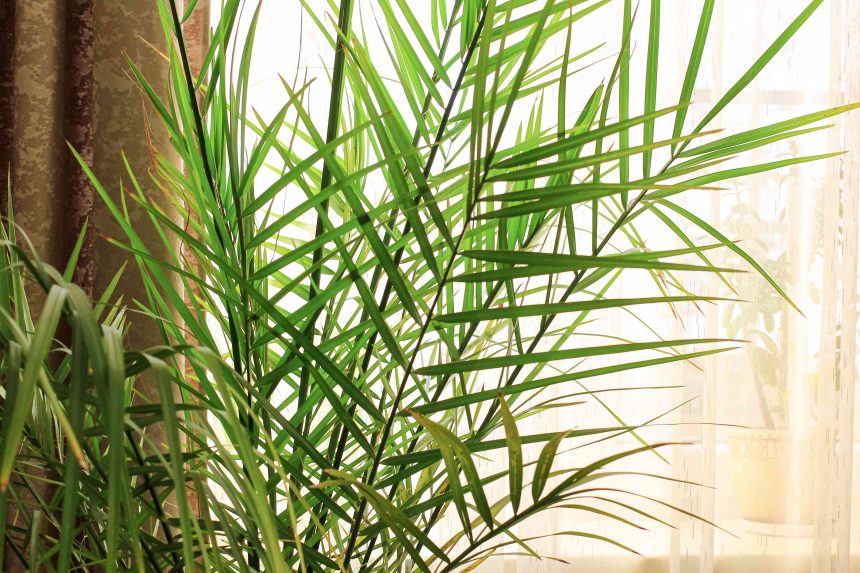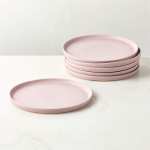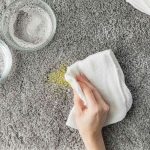Dates are a wonderful fruit that’s both nutritious and delicious. These sweet treats are easy to grow, and mature in clusters on certain types of palm trees. However, many of these date trees can grow to be very tall—up to 100 feet—so they can only thrive in outdoor spaces with very warm climates.
Fortunately, there is the Phoenix roebelenii—also known as the pygmy date palm tree. This tree only grows to a height of 6 to 10 feet and can blossom in a container. If you put in some extra work and care, you can even grow this date palm indoors, extending its range beyond the super-warm climates that it normally requires. Here, we spoke to experts about how to grow this plant from home—from seed all the way to harvest.
When to Plant
Because you’re growing indoors, the time of year you plant date seeds can vary widely. However, the overall lighting conditions and temperatures in your home are probably most conducive to seed germination in the summer. “Many people report quicker germination when seeds are started during this time,” says consulting arborist Doug Still. “Seeds take longer to germinate during cool winter months, increasing the likelihood of mold forming.”
How to Plant
One excellent way to obtain a quality pygmy date tree is to purchase a small, established young tree that’s already potted. In this case, all you may need to do is transfer your young tree to a larger pot as it grows.
But if you like the idea (or the challenge!), you can also attempt to grow date palms from seed. However, keep in mind that this won’t be like planting peas or beans—date palms are a long-term project! Germination is slow, and the tree won’t produce dates for about five years.
1. Obtain the Seeds
You can acquire P. roebelenii seeds from retail sources, or you can get them directly from fruits if you have access to an established tree. In the latter case, be sure to remove the seeds from the fruit before planting. “Growing a date palm tree from seed can work, but it is hit or miss,” says Still.
2. Prep the Seeds
Your date palm seeds will benefit from a couple of days soaking in room temperature water—this process will help prepare them for germination. Date palm seeds have garnered a reputation for being a little difficult to germinate, so you can help the process along by slightly scraping away the seed’s exterior layer.
3. Plant Shallowly
Date palm seeds are rather large, but plant them like the tiny seeds of carrots or radishes—hidden just below the soil’s surface with a light dusting over the top. Plant a few seeds and spread them around in a gallon pot—this provides extra insurance, as some seeds may not germinate at all.
You can always thin the number of seeds later to select the best ones. As the tree matures, continually graduate it to a larger pot—its final container could easily be 20 gallons or more.
4. Watch for Germination
Keep the soil around your date palm seeds somewhat moist while you wait for germination, which can take a couple of months. “Mold is the likely obstacle for seed germination.,” says Still. “Providing a storage space with moderate heat can help, as well as keeping the seeds from becoming too moist.”
Your tiny date palm seedlings will look sort of like grass when they first germinate—and for some time afterward—so be careful not to mistake them for weeds.
Care Instructions
Alexandre Morin-Laprise / Getty Images
Sunlight
The more sun your tree gets, the happier it will be and the more dates it will eventually produce. Try placing the container near a sun-filled window or even in a sunroom. Rotate the pot to provide maximum sun coverage—this can also help the tree fill out properly.
Soil
When adding soil or transferring your young tree into a larger pot, look for soil with a slightly loamy or sandy texture. “The soil should be friable—loose while exhibiting some structure and moisture,” says certified arborist Eva Monheim. “A good cactus potting mix comes to mind for your date palms.” You may also have to occasionally fertilize your tree with a palm-safe product.
Water/Humidity
Date trees like humidity but can survive in drier conditions. Pygmy date trees like dry soil between waterings, but they also benefit from a good weekly watering that starts to drain out the bottom.
It’s a good idea to frequently check soil moisture levels—use your finger to test how the soil feels about an inch or so down. You don’t want it to be so moist that the roots are soggy and susceptible to rot. Like with other tropical plants, it may be a challenge to keep your home’s humidity levels high enough to satisfy your date palm tree, but running a humidifier nearby can be a real help.
Pollination
If your goal is to grow fruits, then you’ll need to think about pollination. Monheim notes that date palms are dioecious, where male and female flowers grow on separate trees and are wind-pollinated. “If you want them to flower and fruit at some point, you will need to have both male and female plants,” she says. “A fan can be used with the male tree closest to the fan and the female further away. This will create ideal conditions for fertilization.”
How to Harvest
After several years, your date palm tree will be ready to bear fruit. The tree will produce blossoms, which then fall away and slowly grow into mature fruits. You’ll want to wait to harvest until the dates are ripe, which is when they darken and begin to appear slightly wrinkly. Ripe fruit should easily pop off the branch without a lot of pulling.
You can pick the dates individually or use pruners to cut an entire cluster away. You’ll need to remove the seeds before eating, which may leave you with a fairly small amount of fruit. However, your dates are still a fun, sweet treat that you grew yourself—and on a beautiful palm tree that retains its leaves all year long.








